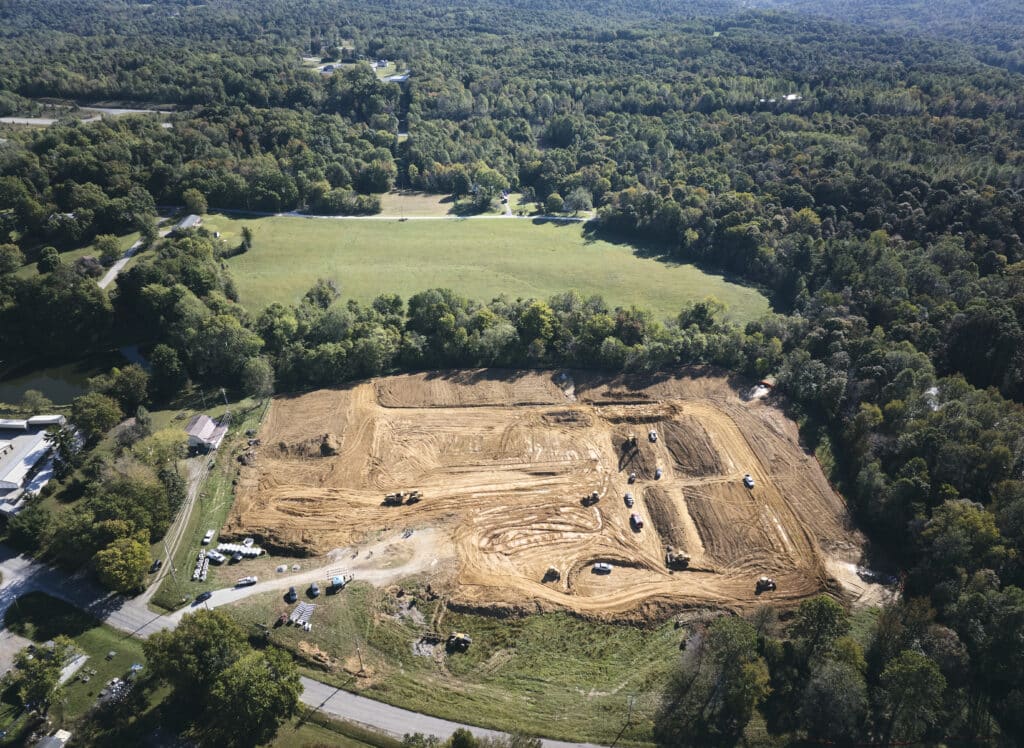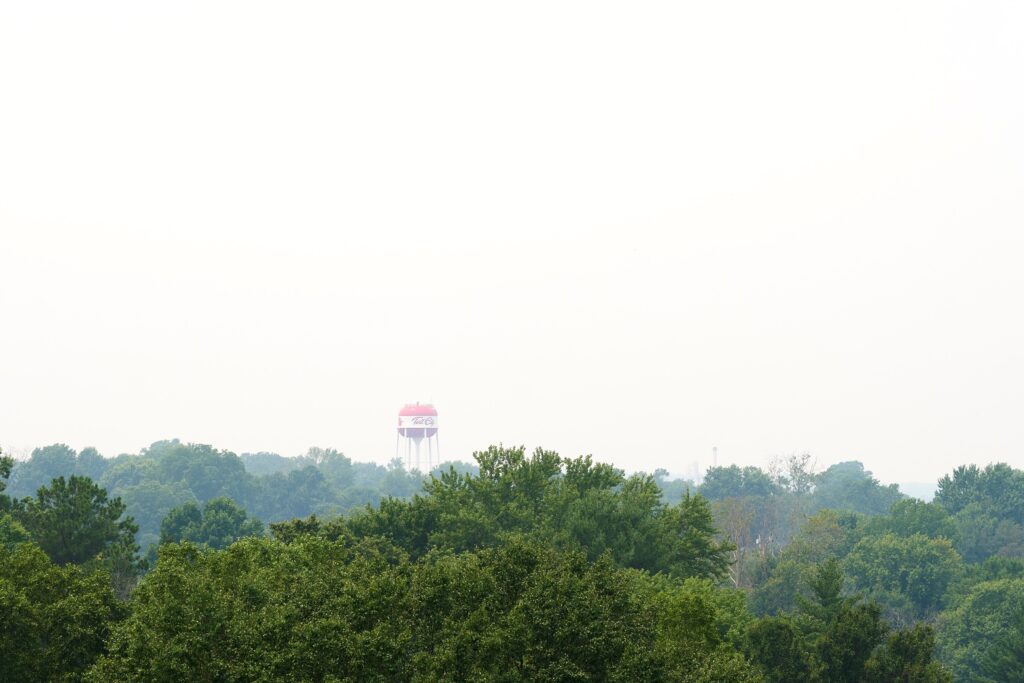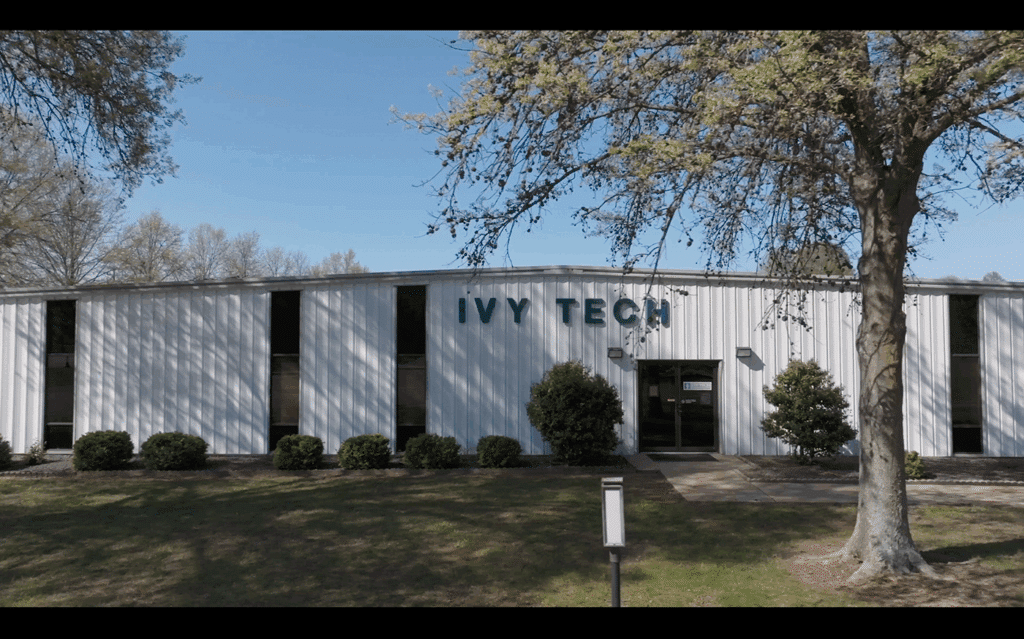The Ohio River flood of 2025 stands as a significant event in Perry County, Indiana, challenging residents, businesses, and local institutions in unprecedented ways. Throughout April, rapid spring snowmelt and persistent rainfall pushed water levels higher than in many past events, placing strain on the region’s flood controls.
This post includes aerial footage showing the flood’s extent in communities such as Troy, Cannelton, and Tell City. While the imagery is dramatic, it also reflects a community that has long been aware of its relationship with the Ohio River. In the discussion below, we examine local flood impacts; describe flood defense systems and preparedness measures; revisit lessons from historical flood events; and address ongoing infrastructure and planning initiatives designed to enhance Perry County’s long-term resilience.
The 2025 Flood: A Closer Look at Its Impact
During the flood’s peak, parts of Perry County experienced water levels that stretched the capacity of local flood controls. In communities such as Tell City, increased water levels spurred the mobilization of residents and emergency resources, and local officials implemented measures—including road closures and the activation of public services—to help people seek safety. And some community institutions served as makeshift shelters.
In Troy, rising waters endangered key roadway connections and low-lying residential areas. Neighbors worked together to relocate possessions to higher ground, and local emergency responders coordinated in real time with community leaders. The collaborative efforts aimed to limit more extensive damage, even as the flood event underscored that local emergency responses continue to evolve based on past experiences.
Downstream in Cannelton, the Ohio River flows near the Cannelton Locks and Dam—a structure managed by the U.S. Army Corps of Engineers that plays a vital role in regulating river levels along the corridor. While the dam has long been central to managing regional water levels, reports do not specifically confirm that engineers adjusted water discharge during the 2025 flood. Nonetheless, the presence of such critical infrastructure highlights the ongoing reliance on river management strategies to protect communities.
Flood Defense Infrastructure and Local Preparedness
Years of planning and targeted investments in flood defenses have helped shape Perry County’s approach to managing high-water events. Levees, culverts, and dedicated pump stations (some of which date back decades) have contributed to protecting residential and commercial areas. In Tell City, a significant floodwall has long been an essential barrier against rising waters. Although historical high-water events have prompted major investments, including the construction of floodwalls and the launch of public awareness campaigns, local officials continue to seek opportunities for improvements.
Local leaders continue to monitor the condition of flood protection structures closely. Public information efforts through radio, local television, and social media ensured that residents received timely guidance during the crisis. Partnerships with federal agencies and local organizations have reinforced these efforts, although the extent and uniformity of such initiatives can vary across jurisdictions.
Community Resilience and the Spirit of Unity
For Perry County residents, the 2025 flood was a reminder of the strength forged by years of weathering natural challenges. Across the county, neighbors have a long tradition of coming together when storms or floods hit. In 2025, this time-honored willingness to help was evident in efforts to clear storm drains, construct temporary barriers, and safeguard personal belongings against flood damage.
This spirit of community resilience and proactive planning suggests that Perry County may be uniquely positioned to address future floods and other natural disasters. However, the broad history of investments in flood mitigation underscores a commitment to learning from past events and striving toward greater resilience.
Implications for Local Business and Tourism
The 2025 flood also affected the region’s economic landscape. Small businesses, restaurants, and lodging facilities faced interruptions as waters inundated areas and travel became difficult. Many local adjustments appear to have arisen from ad hoc decisions made by individual business owners in response to conditions on the ground.
Shaping the Future: Infrastructure and Development
Resilience efforts extend beyond immediate flood response. Perry County’s planning processes now include a greater focus on new construction in flood-prone areas. In some jurisdictions, projects near such areas undergo review intended to meet modern building codes, and developers in certain regions are often encouraged—even if not universally mandated—to incorporate green infrastructure techniques, such as the installation of wetlands or permeable pavement to help slow or absorb runoff. Financial and development incentives, including grants and expedited permitting, aim to support these initiatives, though requirements may vary across different areas.
Local government agencies, in collaboration with state and federal partners, are continuously assessing flood defenses and potential upgrades to levees, floodwalls, and drainage systems. Modern engineering approaches, along with efforts to integrate natural solutions, signal ongoing investments in a future where both new construction and existing structures adapt to a changing climate and rising water levels.
Community Engagement: Beyond the Emergency
A unifying theme in Perry County is the robust network of community engagement. Beyond physical infrastructure, local organizations—including churches, education centers, and community groups—have long played a critical role in crisis response and recovery. Regular community events and local meetings help build trust and preparedness, reinforcing the idea that resilience is fundamentally built on relationships and shared responsibility.
Conclusion: A Call for Continued Resilience
The Ohio River flood of 2025 stands as a stark reminder of both the challenges posed by natural disasters and the resilience of communities that face them. While historical planning and modern innovations have collectively contributed to reducing potential damages, there is always room for progress. By learning from past events and continually refining flood risk management and community engagement strategies, Perry County remains committed to protecting its citizens and building a more resilient future.
We invite you to view the accompanying aerial video and share your reflections on how our community can continue to strengthen its capacity to face future challenges.
For more information on local recovery efforts and plans for future projects, please visit PickPerry.com. Your involvement, whether as a resident, visitor, or investor, makes a vital contribution to Perry County’s ongoing recovery and future growth.



